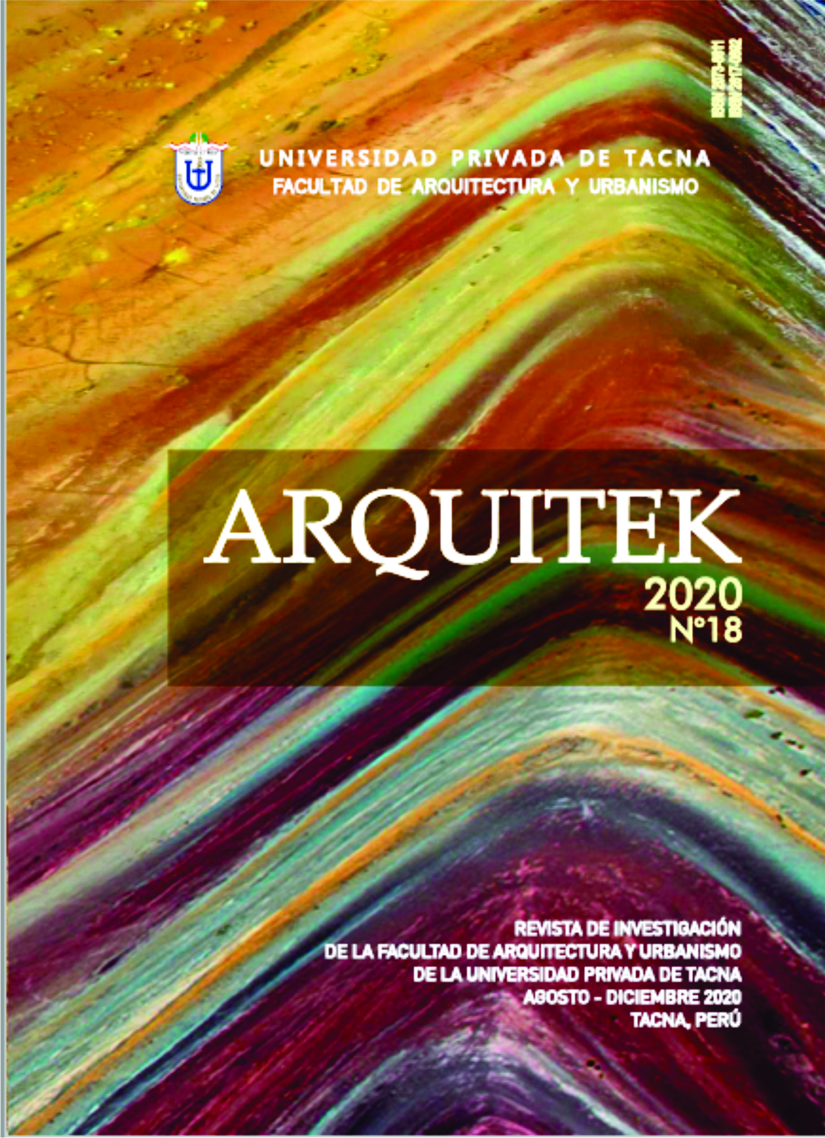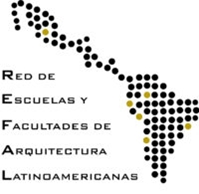Indicators of analysis of social perception in the urban center of the Amarilis-Huánuco district
DOI:
https://doi.org/10.47796/ra.2020i18.437Keywords:
Social perception, neighborhood scale, social exclusion, metricsAbstract
The social perception of urban space is limited to urban planning studies, in this situation, a neighborhood-scale study is proposed to know the social relations in urban space. In this way, it seeks to identify neighborhoods from Amarilis district that presents social exclusion.
This work is developed starting from the decomposition of the assessment of subjective perceptions from the neighborhoods of the authors Carlos Cámara Menoyo and Daniel Sorando Ortín, with a qualitative approach, through a survey than consider: the identification degree of neighborhoods, the urban and infrastructure spaces, and social relationships.
For this research, 5 neighborhoods were studied, and one of them (neighborhood No. 5) presents a high degree of social risk and social exclusion in the urban space. Finally, it is determined that social perception is an alternative to measure the support networks; and social maps must specify the measurable dimension of social relationships.









